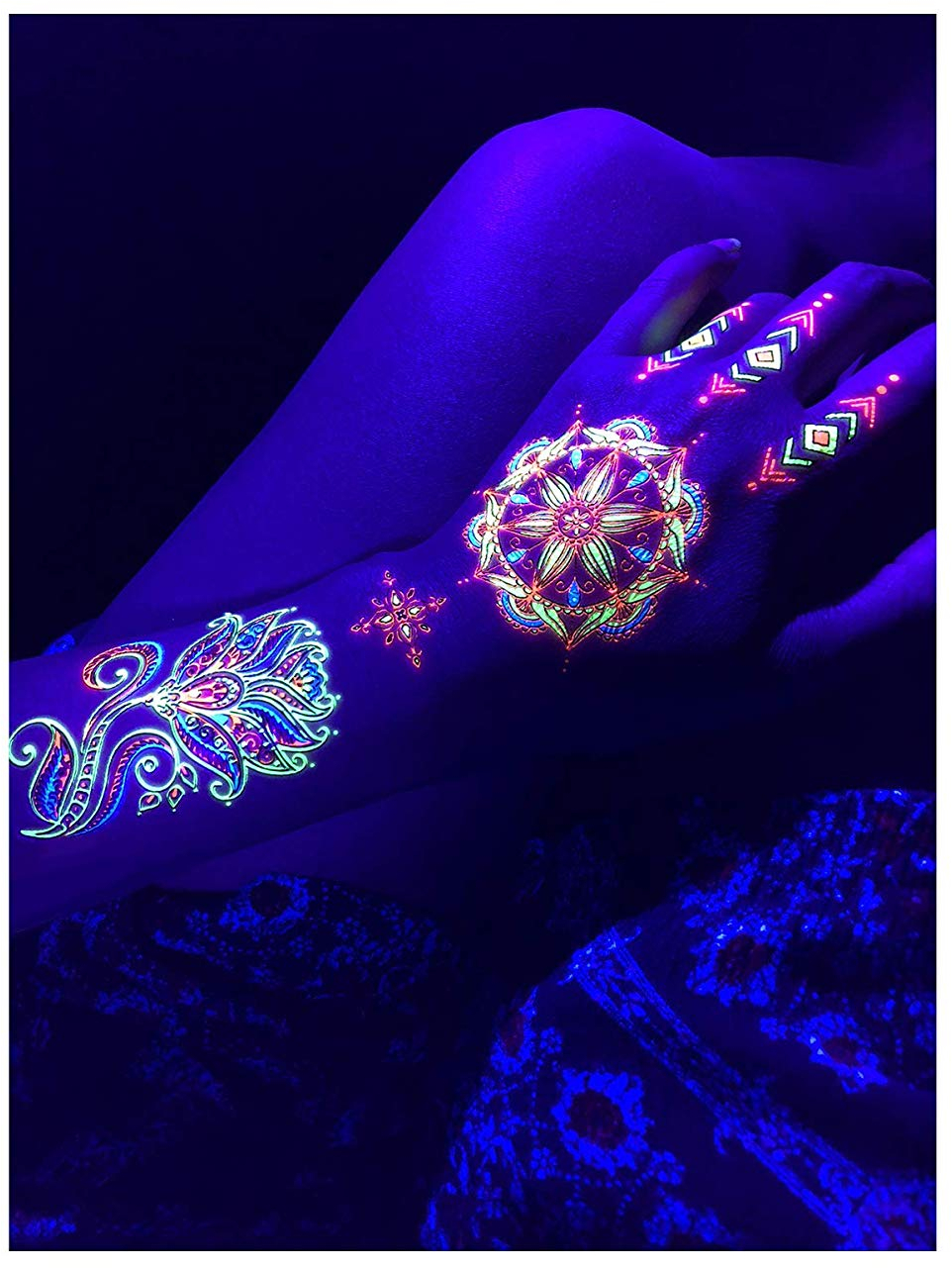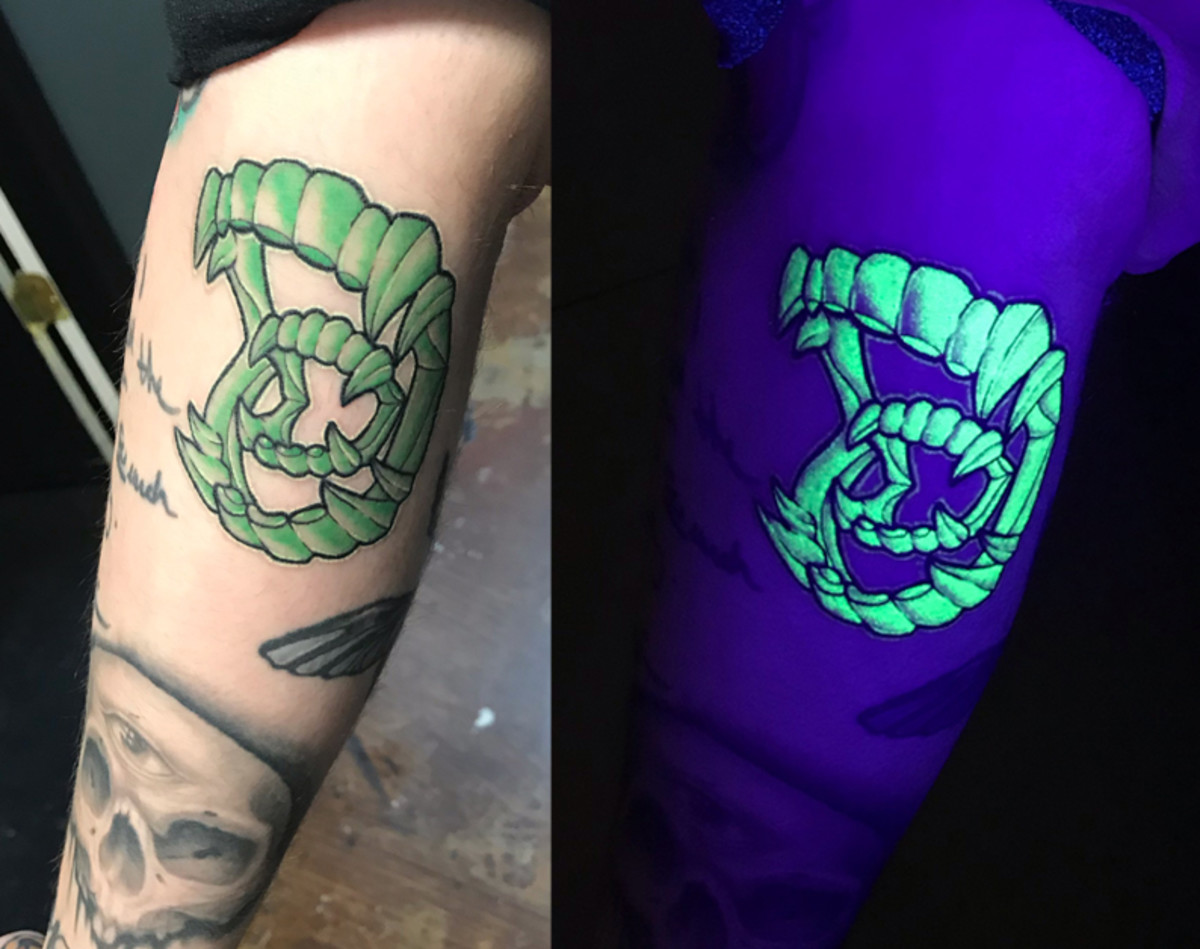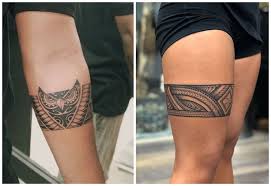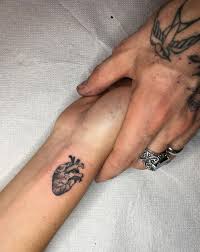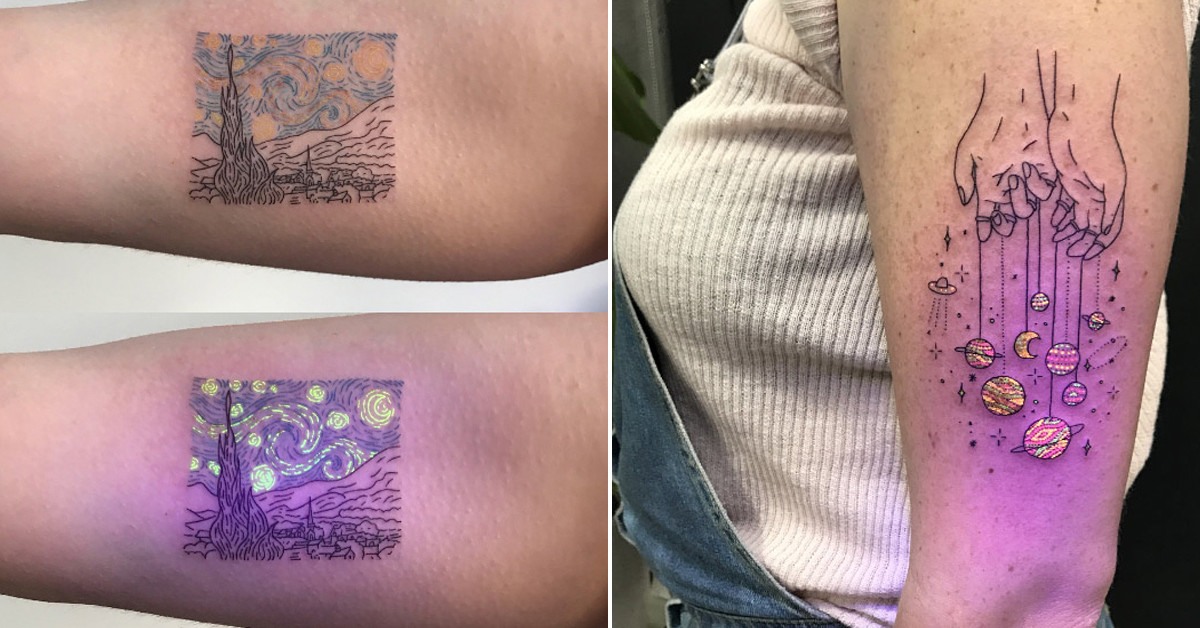
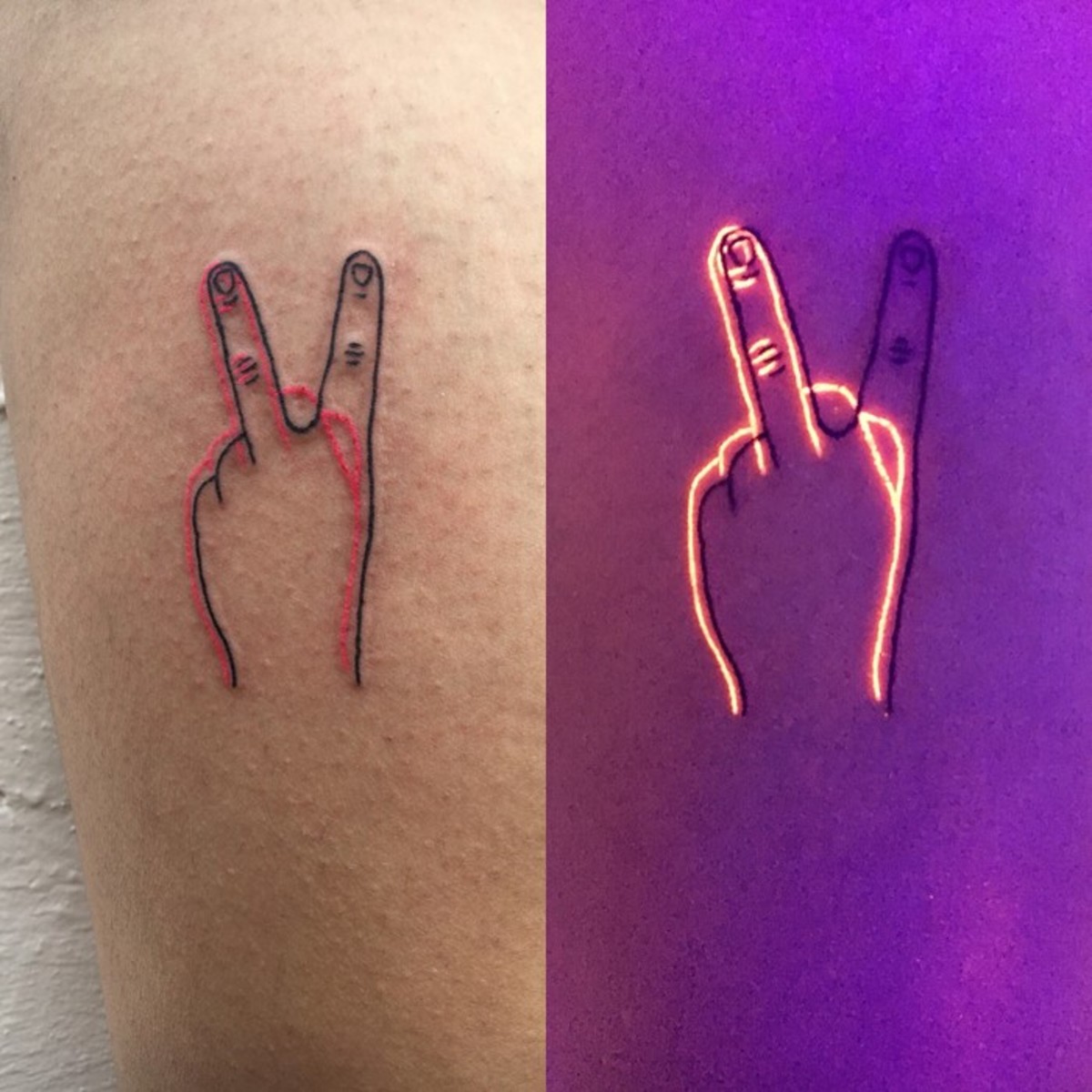
Black light tattoos are an increasingly popular form of body art. They’re created using specialized ink that reacts to ultraviolet light. This design is nearly invisible unless illuminated by black light, making it especially popular among raver culture.
UV Ink
UV ink, also referred to as black light tattoo ink, has become increasingly popular in the body art community. It produces tattoos that are almost undetectable during normal daylight and only visible under a black light source – perfect for those who don’t want their designs noticed by others or need something more discreet than traditional ink can offer. When exposed to this ray, the tattoo takes on a glow, making it visible under black light. They will know the correct ink type and how long it will take to complete the design. Another thing to consider is that UV tattoo ink isn’t regulated by the FDA, so you may want to inquire your tattoo artist about its ingredients and testing for skin reactions. Be aware that some people have reported negative health effects after getting their tattoos inked with this type of ink, such as rashes and pain. The ink used for these tattoos is thinner than standard ink, making them more difficult to apply and blend colors correctly. Furthermore, since they take longer to complete, you should expect them to cost a bit more than standard tattoos.
Ink Color
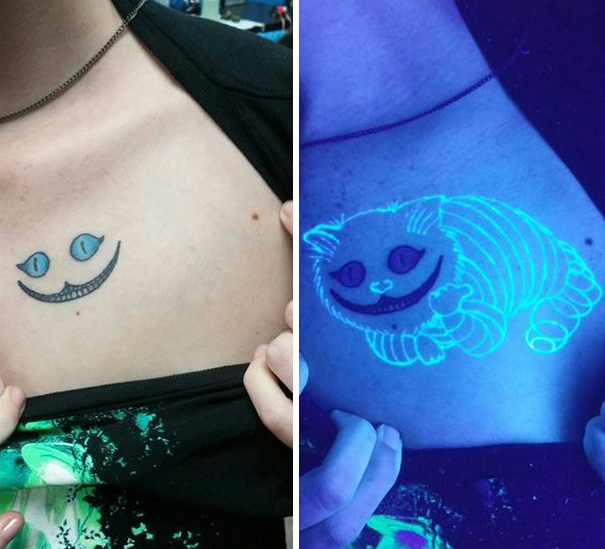
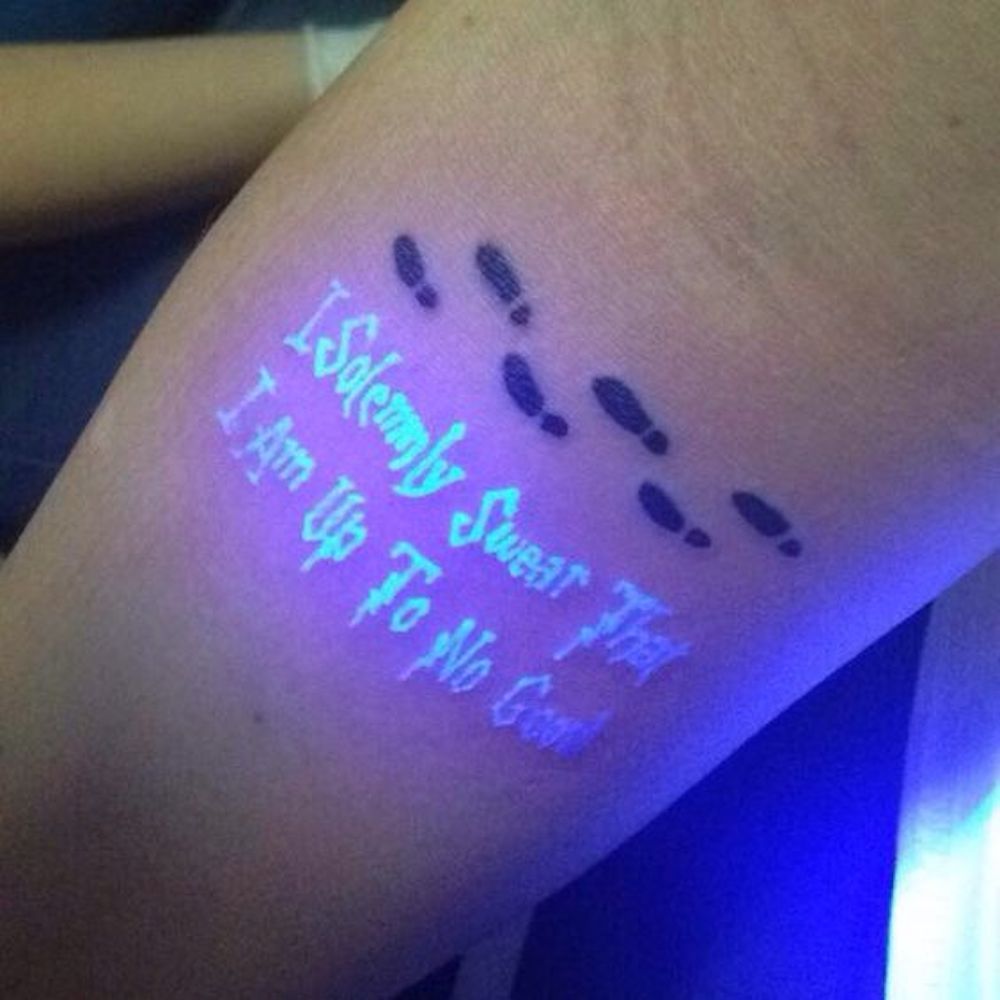
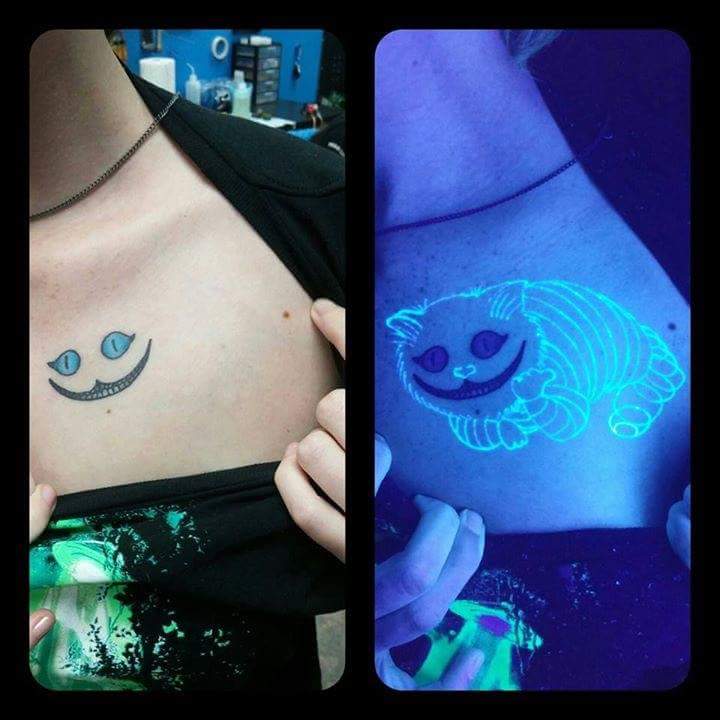
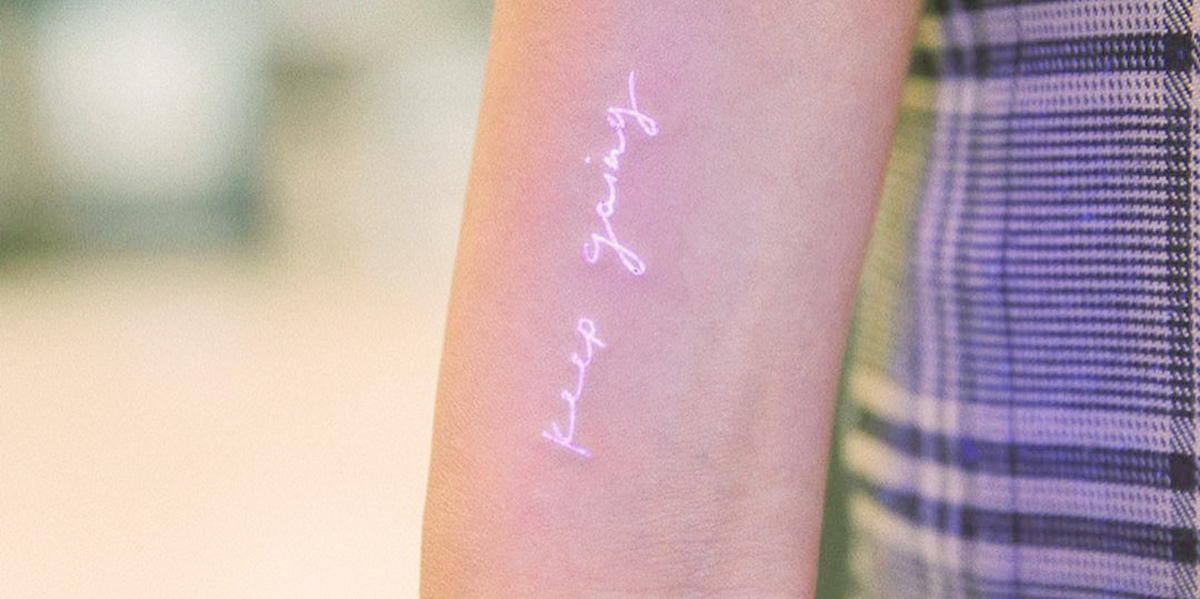
Black light tattoos are an exciting way to add a whimsical, otherworldly element to your body art. You can use them to accentuate certain parts of your existing design or give the whole design an individual flair. Many individuals interested in black light tattoos seek a way to give their traditional designs an eye-catching flair. One popular solution is using UV ink that glows under black light. The good news is that black light tattoo ink is generally safe to use. Provided you get it from a reliable tattoo parlor using FDA-approved inks, your black light tattoo should not cause any serious adverse reactions with your skin. However, before opting for a black light tattoo, it’s essential to understand some basics about its ink and how it works. First and foremost, decide on the desired color of your design. When choosing a black light tattoo, there are several colors to choose from. Some add depth better than others, so it is wise to test them out on small patches of skin first. If you’re searching for a deep black tattoo ink, Bloodline “UV Black Light Invisible” Tattoo Ink may be just what the doctor ordered. This ink is composed of chemicals designed to reflect ultraviolet light and make it invisible under black light. This tattoo ink has a smoother consistency compared to other black tattoo inks, making it easier to work with. Plus, you can mix this ink with other colors for custom blends. Furthermore, it makes a great cover-up ink since it won’t blow out or clog up your machine.
Black Light
Commonly seen in rave scenes, these inks are nearly imperceptible under normal light but become visible when exposed to ultraviolet rays. These include finding an experienced artist, knowing which inks work best, and selecting a design you know will look fantastic. Many people opt for black light tattoos to add an artistic touch to their skin. But before making such a commitment, consider whether or not you’d want your design displayed long-term. Due to their relatively recent creation, scientists don’t yet know much about how long these tattoos will fade in darkness. As more people get these tats and this technique becomes increasingly popular, we will have better insights into how long these designs will remain visible under different lighting sources. Generally, black light tattoos last just as long as regular ones, though they may fade slightly with time. To maintain your new tattoo, it’s important to follow proper aftercare guidelines and treat it like any other permanent body part. After your wound has healed, you should wash the area with soap and water and apply a thin layer of Aquaphor or vitamin A and D ointment for about two weeks. Be mindful not to pick or scratch at the skin as this could cause scabbing and fade the color. Another essential consideration is how the ink will react with your body. As such, selecting an artist who uses safe materials and has extensive experience with black light tattoos is key for selecting a safe option. Finally, black light tattoos offer an eye-catching way to give your skin a unique and funky look. Just make sure you do your research and find an experienced artist who knows how to craft an effective UV tattoo, and you’ll have no problems receiving a tat that you’ll proudly sport for years to come!
Healing Time
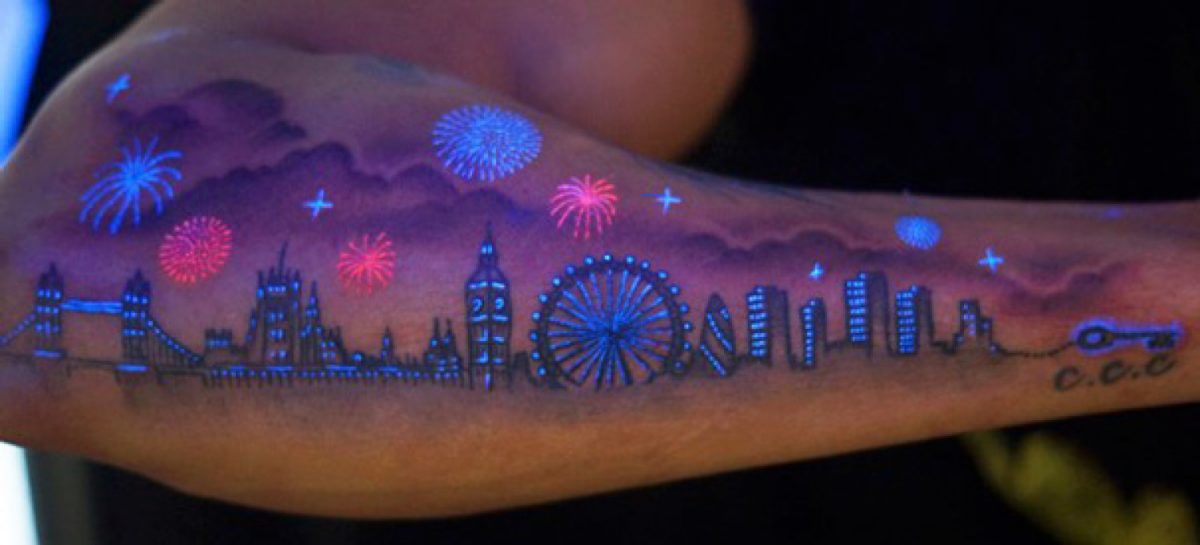
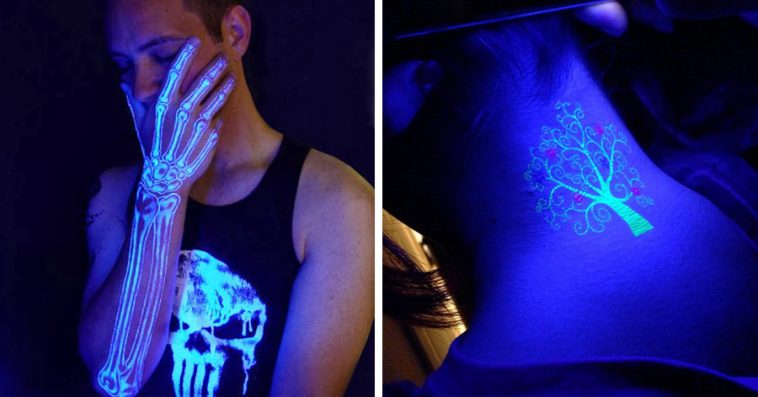
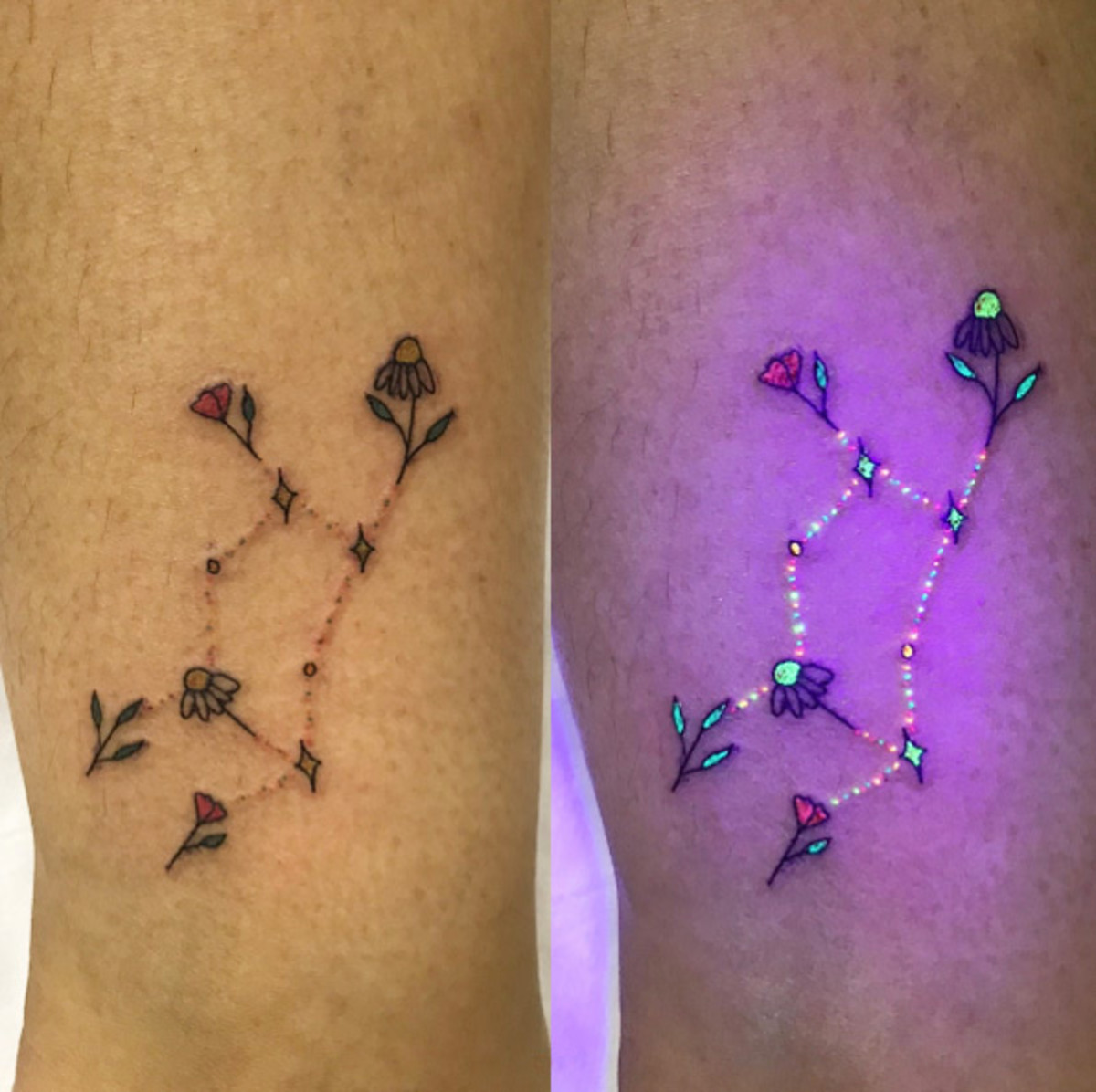
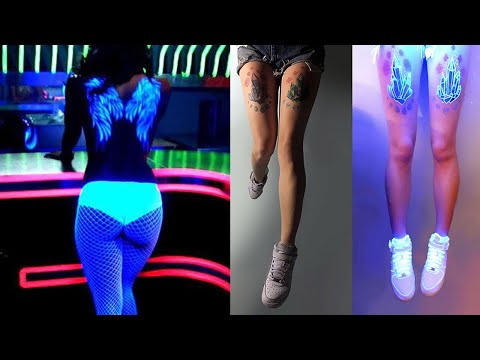
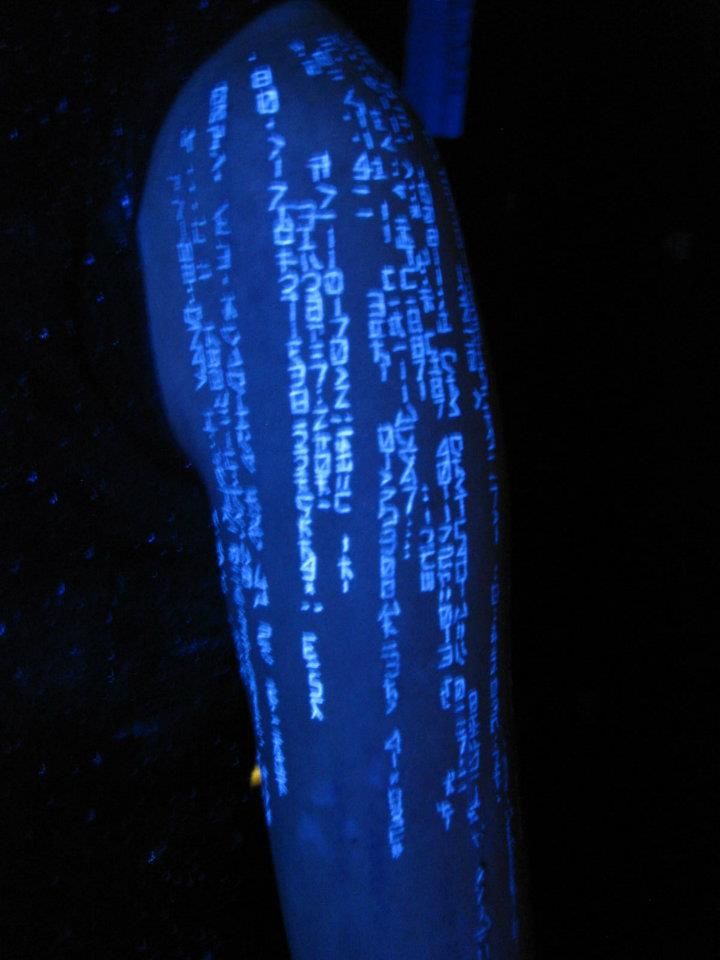
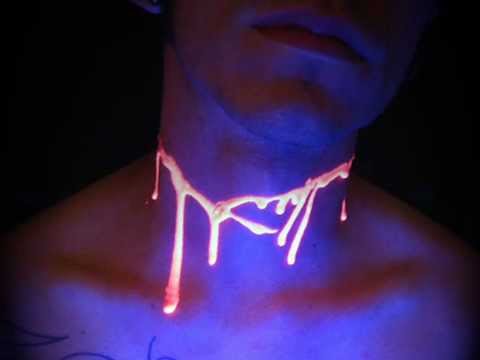
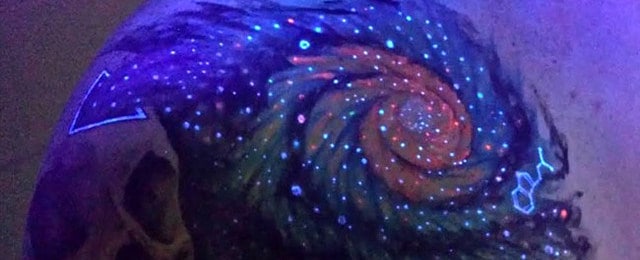
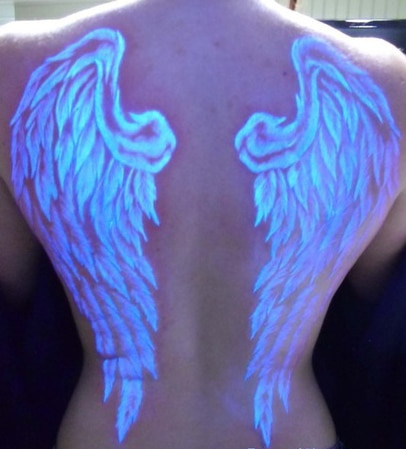
Black light tattoos offer an alternative to traditional color ink tattoos. The base color of the ink blends in with your skin tone, making it virtually undetectable during daylight hours but glowing under black light illumination. The healing time for a black light tattoo varies depending on the patient’s skin type and is typically four weeks. Additionally, you may apply a thin coating of antibiotic ointment onto the tattoo up to three times daily for three days while it heals. This is due to skin regenerating and naturally exfoliating on its own. Once all signs of healing have gone, especially around your tattoo’s hair strokes, there should be no visible scabbing left. Your tattoo may itch during this stage of healing. It is essential to avoid scratching as this can cause scarring and premature loss of pigment. If your tattoo is prone to itching, try applying a thicker layer of anti-itch lotion. Make sure the lotion is fragrance-free, as many contain artificial scents and colors that could irritate the healing skin. After treatment, the area treated with laser may feel itchy and swollen for the first few days after being released from the bandage. While this is an expected part of healing, do not pick or scratch at it as doing so could cause further damage and prolong healing time.
